Why wear meaningless when you can wear meaningful?
This morning, I threw on a long army green cotton dress that I bought two years ago from Primark. I picked it from a rail where 49 of the exact same dresses hung. I look at it in the mirror, the bobbled cotton, the dark stain that has been there from the beginning, and it looks back at me blankly. Why did I buy it?
A few weeks ago, the UK Environmental Audit Committee reported that lots of us buy similar firsthand clothes; usually cheap, infrequently worn that end up in landfill. Unsurprisingly, they damage the environment. How damaging can one full-length £8.99 army green cotton dress be? More damaging, it turns out, than international aviation and shipping combined.
Two years ago, I stopped buying firsthand clothes; it would be cheaper for the planet and for my pocket. And that is true, In May, I went to my brother’s wedding and spent an embarrassing £6.99 on my outfit. It was a low cost outfit for the planet but that wasn’t why I loved it. Saving the planet or your pocket is not the most enjoyable part of second-hand fashion. It is sentimentality.
My mother’s ‘going-away’ dress is a high neck orange and peach dress with fitted sleeves. When I wear that dress, I am wrapped in history, hers and my own. I feel her quiet strength and her shyness. I think of my grandmother too. What would she make of me and my work? An array of opportunity that is open to me was not open to the people whose clothes I’m wearing; and I am grateful for both them and that perspective. When I wear that dress, I am connected to a powerful narrative.
‘Fast fashion’ is used to describe clothes that are worn a few times and then discarded. But our mothers’ and grandmothers’ clothes were made to last a lifetime. They were made to be handed on. Why did we decide something made to be worn three times is more valuable than what was crafted to last for generations?
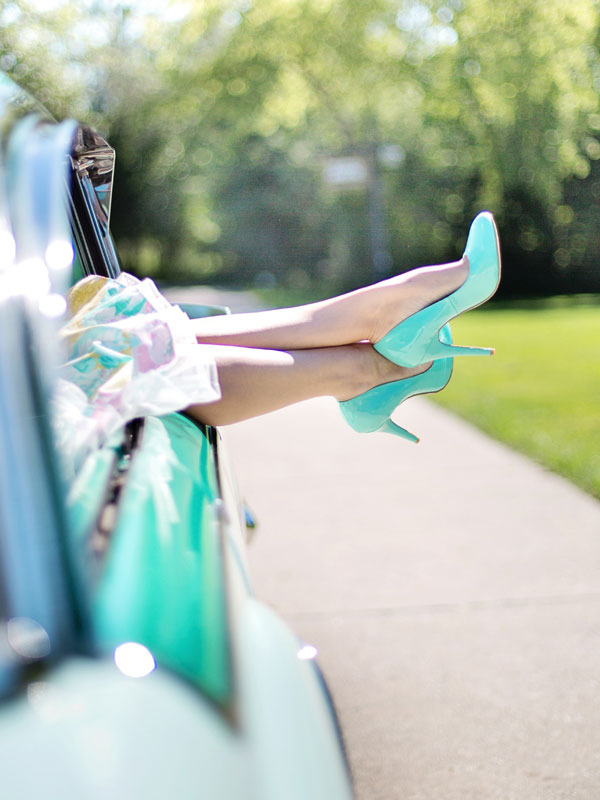
If we are to meet the IPCC’s net zero emissions goal by 2050, we need to make many changes to our wardrobes. But perhaps rather than it being a problem, it is an opportunity. What if fashion was truly individual? What if we all wore our history, our creativity?
Surely what we wear should be about what enlivens us rather than what has us fit in. Second-hand fashion has blown open my creativity and self expression. When I wear these clothes, I am proud of my style. I am more confident than I ever am in my army-green frock. Why?
The fashion industry is about finance. We are sold new ideas and new styles every nano second, not because our own style isn’t interesting or flattering, but because no one makes money from us wearing our ex’s t-shirt. Expensive brands are nobler than cheap ones. Last year, Burberry burnt over £28m of unused stock to protect their brand’s image of exclusivity.
It is time to create a new fashion. We can begin in our own wardrobes, a relative’s or a stranger’s.
Some friends tell me that there’s never anything for them in second-hand or vintage shops. So, here are some thoughts that might help:
• Try to go with someone who has done the secondhand trail before. They will help you find the treasure.
• Start small. Focus on finding one item you love. No need to reinvent your wardrobe.
• If you’re really cynical, try boutique shops (Shelter have a beautiful one in King’s Cross). These shops have less stock so you won’t get overwhelmed.
• If second-hand is a dirty word to you, say vintage couture. William Vintage dresses the likes of Amal Alamuddin Clooney and Naomi Campbell and provides costumes for Killing Eve. No blushing required.
At his Guardian talk, environmental author Bill McKibbon said it was too late to rely solely on individual actions to alter the course of the climate crisis. That scared me. Was I wasting my time? The truth is that I am not buying second-hand clothes for a noble cause, I am doing it because it’s liberating and joyful to wear what matters to me.
McKibbon’s point is signposting. Let’s not use individual actions as an excuse for self-righteousness
or doing less but as a stepping stone for organisational change.

Am I ditching my army green number? No. Besides, it reminds me why second-hand, ‘twice-loved’ fashion matters. I want to wear clothes that fuel my imagination and were made with love. I want to wear clothes that have their own stories and help tell mine.
About the author:
Christina Carty is an Irish artist living in London. She was an actress and voice artist for ten years, appearing in Downton Abbey, Belonging to Laura and Milly & Claire. She now writes poetry, TV comedy and is editing her first novel, Tree Child. Unleash your Creativity runs at Leyton Yoga from September 5th.
@ChristinaCarty






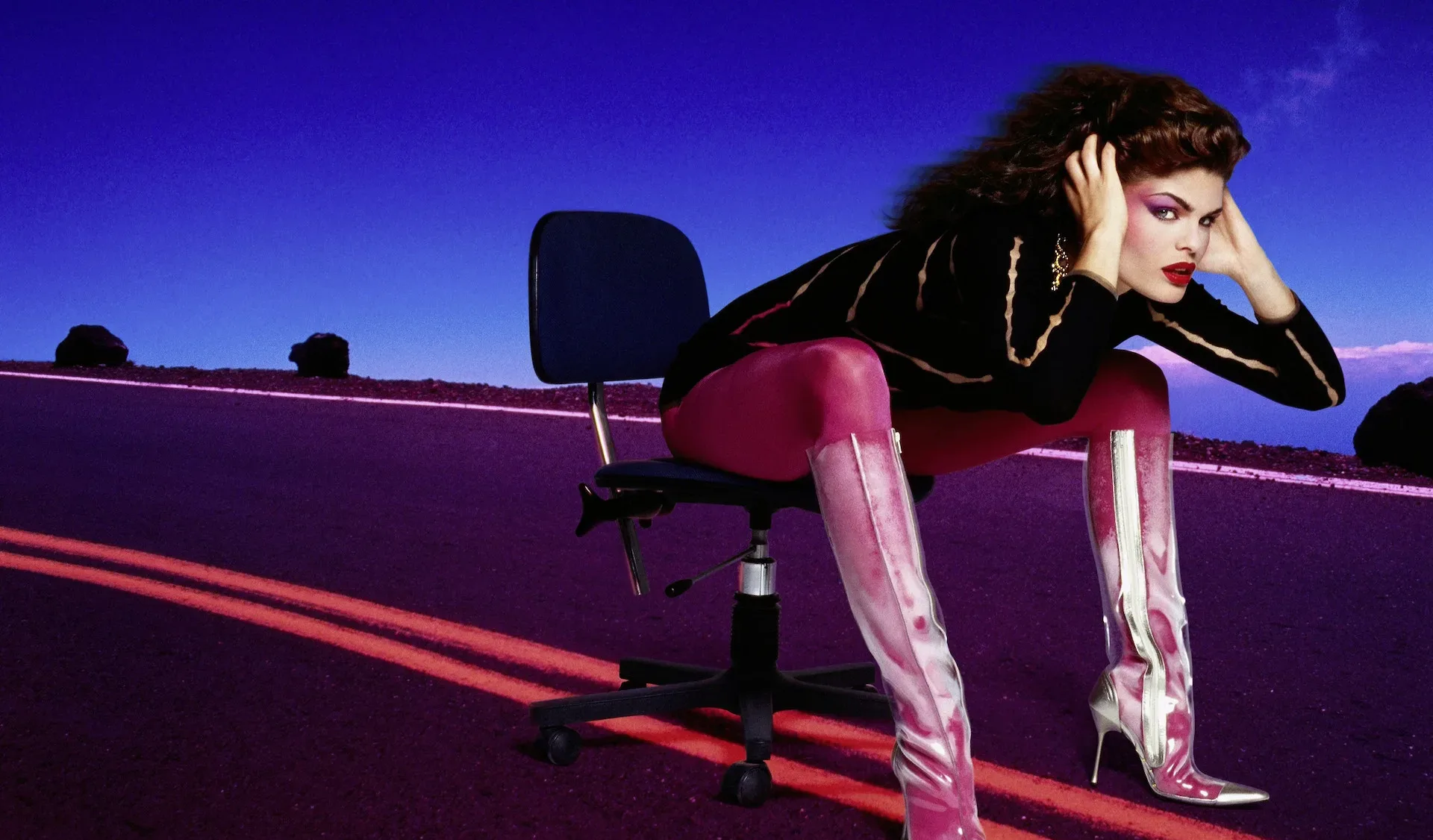
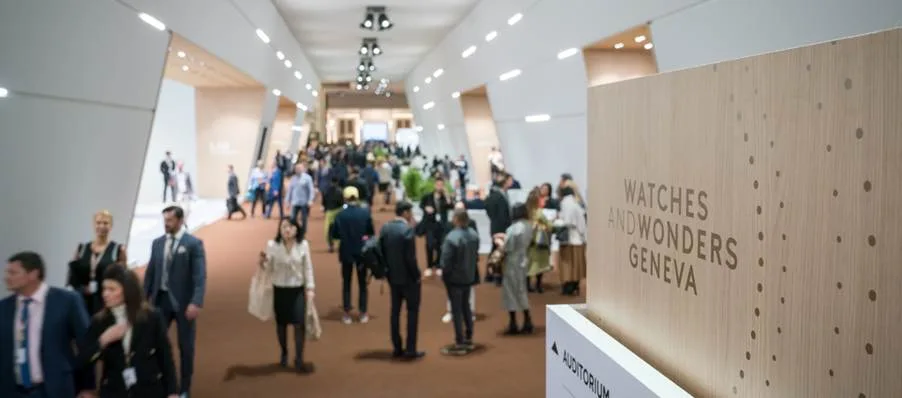
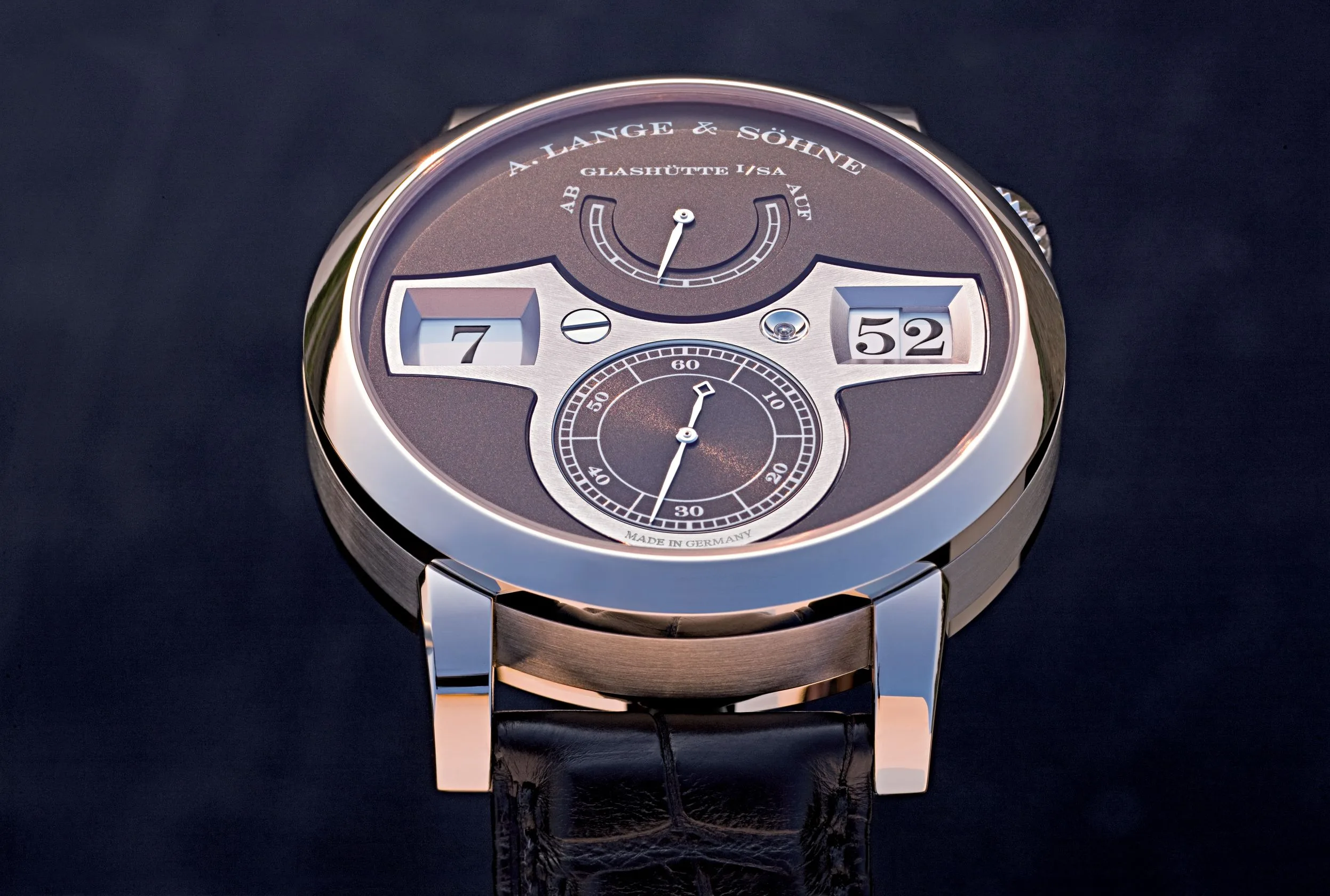
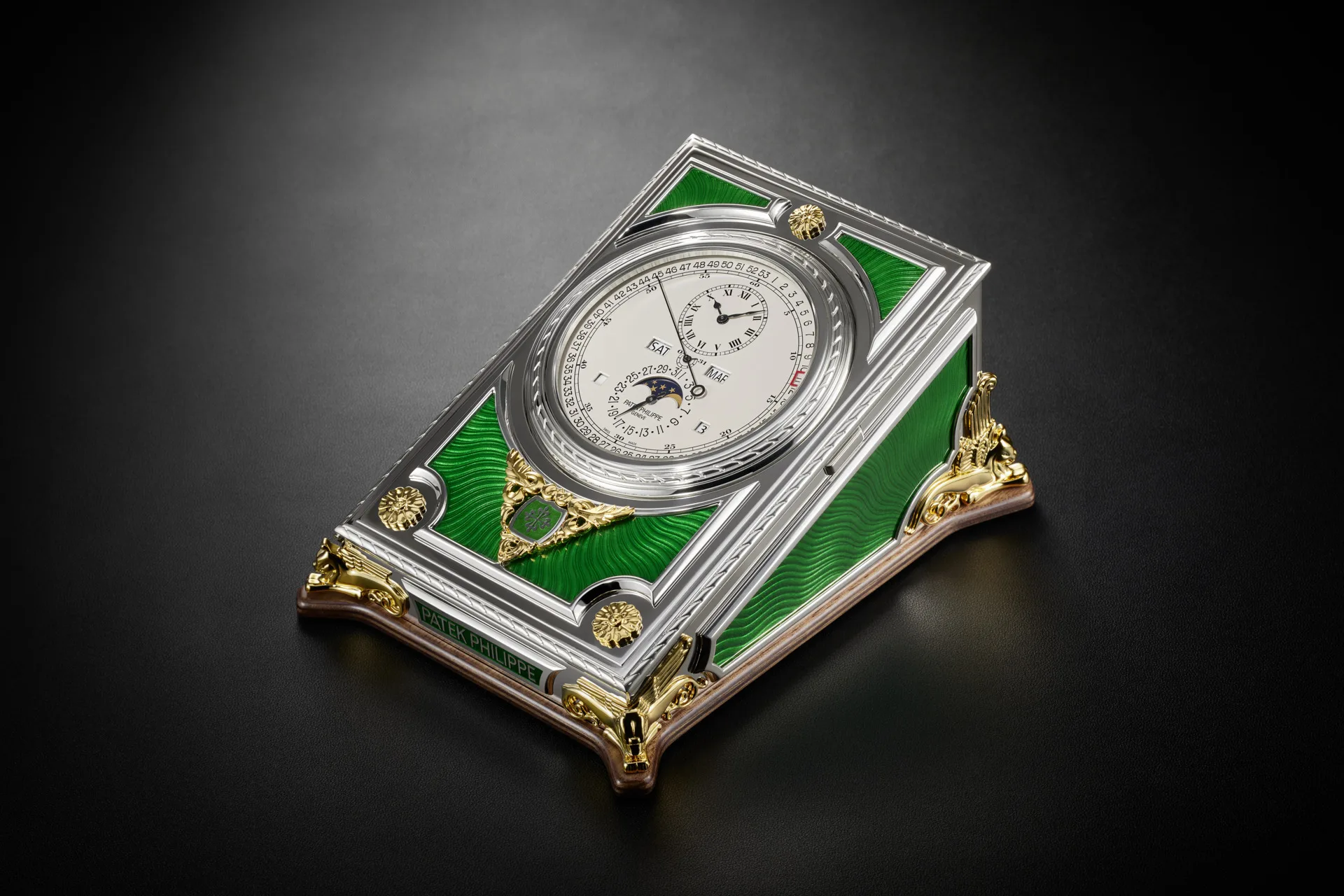



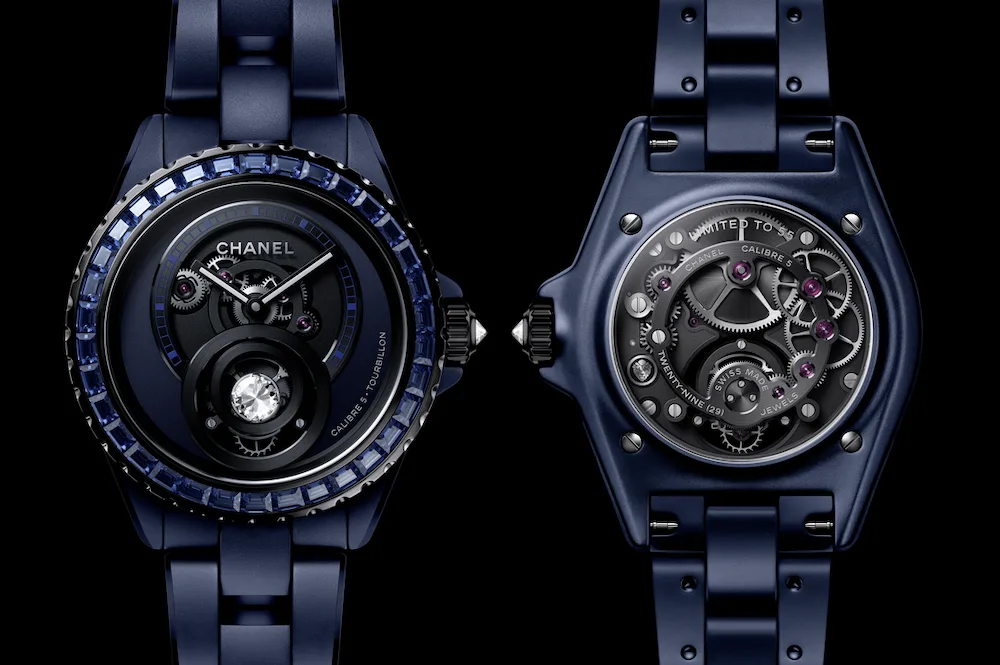



One Response
What a great article. I agree whole-heartedly. Nothing on my (tasteful) main floor was purchased new except for the electronics and upholstery.